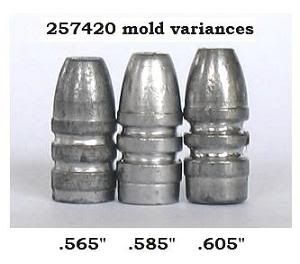John Boy,
Thank you for the Suggestion about the .25 Hornet, or the .25 K Hornet, as a replacement for the .25 Stevens Long RF in my 1894 Stevens Favorite Rifle. I believe there is pressure problem with these cartridges unless down loaded considerably. The 25 Hornet is rated around 40,000psi (OOps that is for the .22 Hornet.) and the .25 Stevens is rated less than 25,000psi.
I will keep the idea in mind IF my development project is unsuccessful.
Best Regards,
Chev. William

|
   
   
|


|





 Reply With Quote
Reply With Quote










